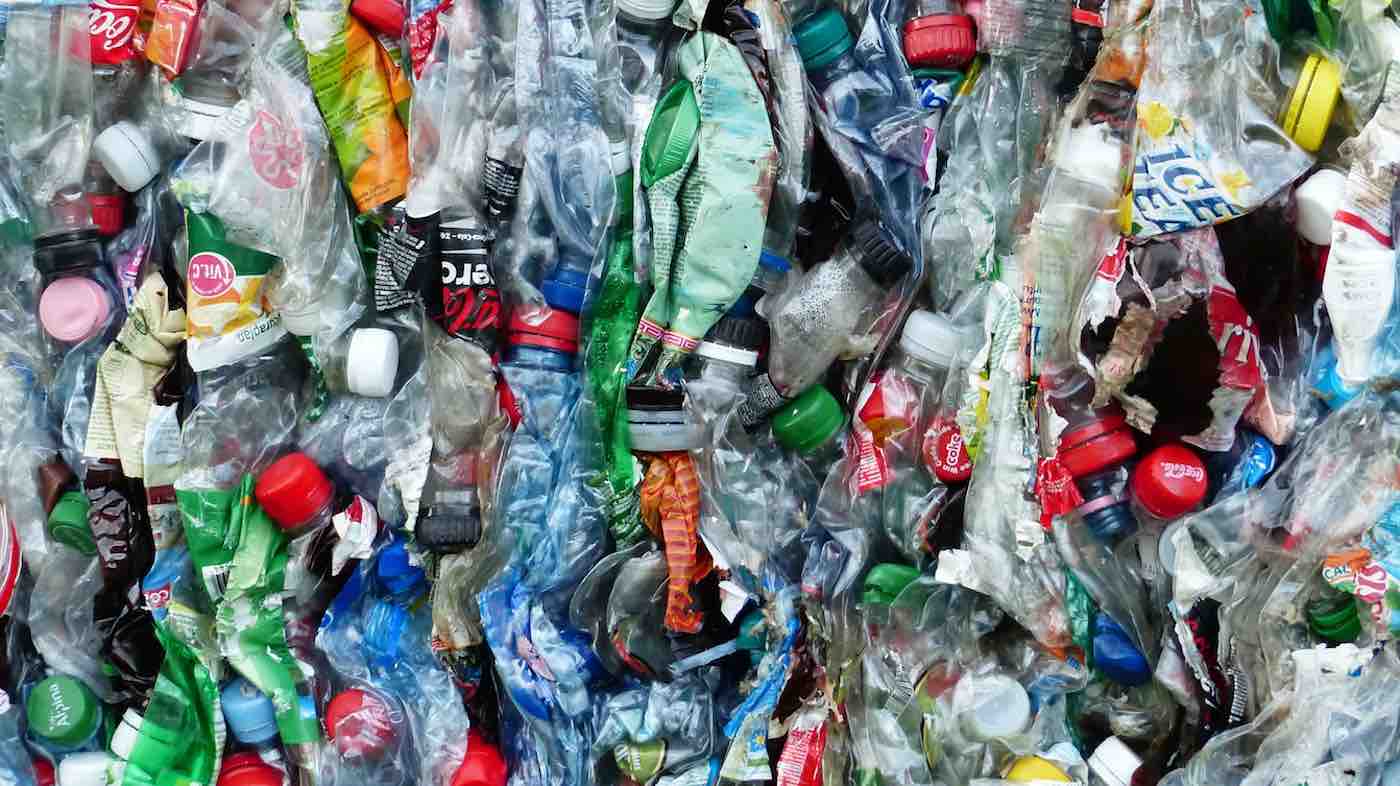A ‘Pac-Man’ protein that gobbles up plastic and breaks it down could open the door to eliminating billions of tons of landfill waste.
The enzyme destroys PET (polyethylene terephthalate), which is ubiquitous in food and drink packaging, textiles, and polyester carpet fibers.
It offers hope for solving global pollution by supercharging recycling on a large scale. Major industries would be able to recover and reuse products at the molecular level.
“The possibilities are endless across industries to leverage this leading-edge recycling process,” said Professor Hal Alper, of The University of Texas at Austin. “Through these more sustainable enzyme approaches, we can begin to envision a true circular plastics economy.”
PET makes up 12 percent of all global waste. Like all plastics, it’s made up of long string-like molecules.
The enzyme reduces them into smaller parts—chemicals which can then be reassembled.
In some cases, the plastics can be fully broken down in as little as 24 hours.
RELATED: Amazon Joins the U.S. Department of Energy and MIT to Tackle Plastic Waste With New Science
Artificial intelligence, machine learning, generated novel mutations to a natural enzyme called PETase that allows bacteria to degrade PET.
The computer identified those that would be most effective at less than 122 degrees-F (50-C), making it both portable and affordable.
Prof. Alper and his colleagues analyzed dozens of discarded plastic items including containers, water bottles and polyester fibers and fabrics—all made from PET.
Experiments proved the effectiveness of the enzyme named FAST-PETase (functional, active, stable and tolerant PETase), and a paper was published last week describing the enzyme in the journal Nature.
“This work really demonstrates the power of bringing together different disciplines, from synthetic biology to chemical engineering to artificial intelligence,” said co-author Andrew Ellington, a professor in the school’s Center for Systems and Synthetic Biology whose team led the development of the machine learning model.
Other alternative industrial processes for breaking down plastic are energy-intensive, but biological solutions such as this require much less.
MORE: Dutch Visionary Helps Refugee Camp Recycling All of its Plastic Trash into New Products
Research on enzymes for plastic recycling has advanced during the past 15 years. However, until now, no one had been able to figure out how to make enzymes that could operate efficiently at low temperatures to make them both portable and affordable at large industrial scale.
Best of all, the US team have filed a patent and production is being scaled up to prepare for industrial applications.
CHECK OUT: New Enzyme Discovery is Another Leap Towards Dissolving Plastic Waste With ‘Amazing Efficiency’
Cleaning up landfills and greening high waste-producing industries are the most obvious. But another key potential use is environmental remediation. The researchers are looking at a number of ways to use the enzymes in the field to clean up polluted sites.
“When considering environmental clean-up applications, you need an enzyme that can work in the environment at ambient temperature. This requirement is where our tech has a huge advantage in the future,” said Alper.
BREAK DOWN the Good News for Others; Share This Story…





















That humanity could find a way to begin to undo the damage they have done to the Garden of Eden they were gifted, gives my heart hope.